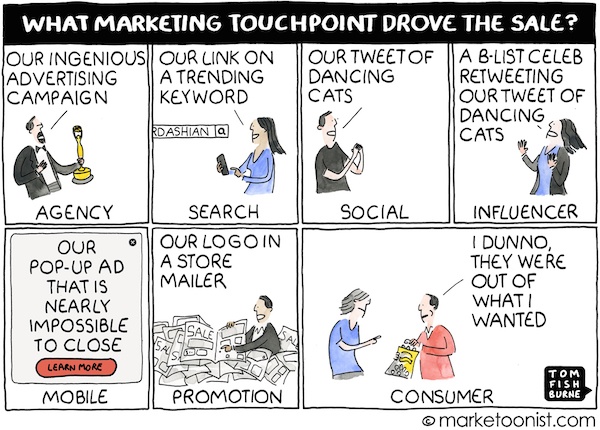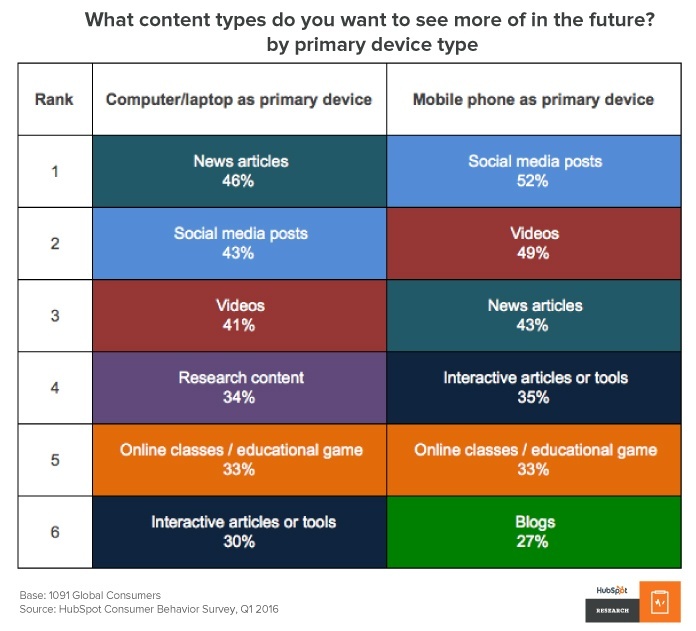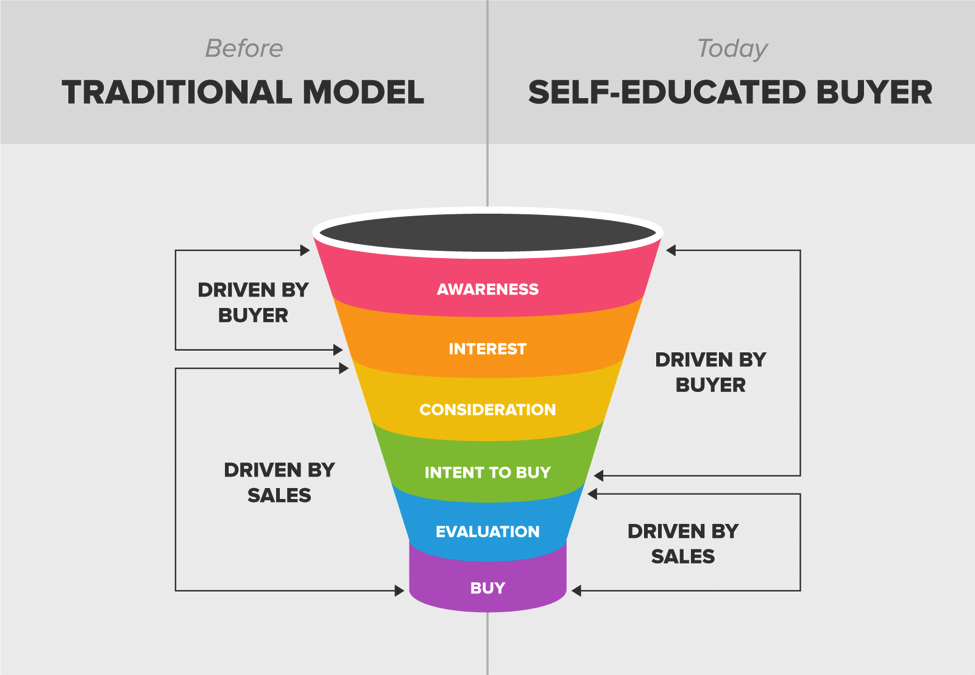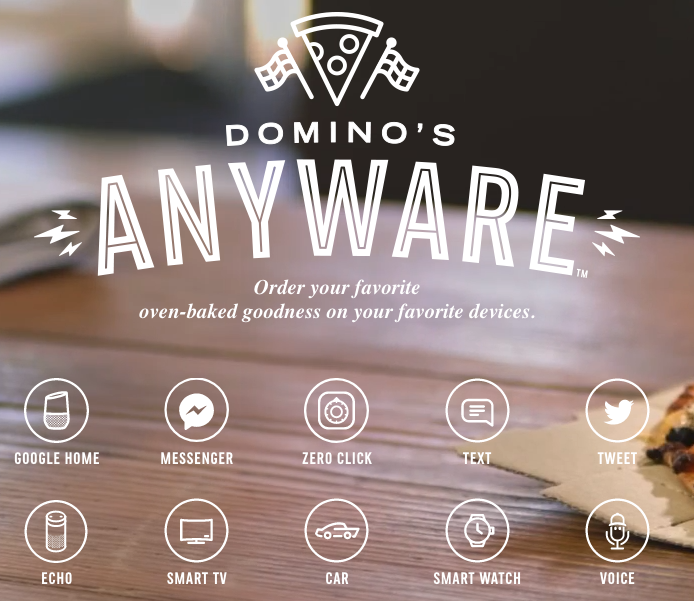
Traditional Marketing Executives Are Dropping Like Flies
I recently read an article that marketing executives are getting a new role – the Chief Growth Officer. It means the average marketing executive job description has changed, and there are plenty of references to back that up. Sure it’s been mentioned over the years, but now CMOs and marketing leaders are being held just as accountable for revenue growth as sales teams.
Forbes has gone over this evolution, stating the CMOs that have a “traditional” approach, are already being left behind. In fact, marketing leaders hold one of the highest position turnover rates in both corporate and startup companies. Why is that?
According to The Wall Street Journal, the median tenure of CMOs in 2016 was only 26.5 months on the job! That's just barely eclipsing two years. Talk about pressure to gain market traction, and fast. This tells me one thing, marketing leaders are fighting an uphill battle against a talent gap. They have no time, need to be both creative and analytical, and they can't find talent to fill out their teams.

A week ago I watched an interview with Heineken’s CMO, Nuno Teles. He talked about the role of marketing, his team’s strategies, as well as the expectations and behaviors of their consumers. The interview made me take a step back and think “what is the role of the CMO now and into the future?” I’ve done my homework so let’s dive in.
Marketing Executives New Reality
First, a difficult reality. These statistics are hard, cold facts that represent the truth. And the truth is that expectations for the CMO are rising as the business landscape continues to evolve. A study by Gartner indicates that CEOs are planning to let go of up to 30% of their CMOs by the end of this year. This isn’t because they are bad leaders, but rather the expectations of them have shifted, and they are unable to keep up with the rate of change.
Three types of CMO exist today: Number obsessed, brand obsessed, and whole brain. Which one are you?
Traditional marketing leaders were expected to be creative types. There was little to no attribution towards which marketing efforts drove the best results and they were hounded every time they stepped into a boardroom to prove they were worth a bigger budget. The winds have shifted as digital marketing has taken its foothold.
CMO’s are now expected to be data collectors and analyzers. They walk a line between creative visionaries and research analysts. They need to create plans and not just say that they can increase profits or drive revenue, but they need to show integrated plans with attribution models that prove their future success.

A struggle for marketers with big data is sometimes they can find a correlation but not understand causation. The ubiquitous nature of data in our digital world means more time must be spent understanding what all the numbers represent. This is a very productive use of time. However, it can be an extensive process and frustrating to anyone who considers themselves a creative.
It’s up to CMOs to understand the behaviors of their customers. This is the blessing and curse that analytics have brought forth. The data is here and a now the need to make sense of it is paramount.
Marketing teams are being held to a higher standard than ever before. So what does the CMO need to know to prepare themselves for the rest of the year? Here are some insights.
Consumers Aren’t Loyal
This may be something you’ve found out for yourself, but it’s hard to deny that people are more price conscious than brand conscious these days. There are unlimited options available to consumers through online purchasers, you know I'm talking about Amazon. Products will often offer similar functionality, value proposition, taste, scent, look, etc. The CMO of Heineken proposed that in recent market tests they discovered that consumers have 12 brands in their immediate product category queue.
What that means is that they are fine buying from any of a dozen brands instead of having loyalty to a select few. While Heineken was talking specifically about the beer industry, this lack of brand commitment applies to all facets of the customers’ shopping experiences.
Subscriptions To The Rescue
A huge push for subscription based services seems to be the answer to the problem of brand promiscuity that is running rampant. You have music services like Spotify and Apple Music, monthly clothing delivery services like Stitch Fix, and food or cleaning products from Amazon subscriptions being delivered by drones within an hour. Convenience is the new necessity in the business world and all the big players are jumping on the bandwagon.
Understand Customer Behavior
Subscriptions are one direction you can head, however, Heineken’s answer to the problem is to create a diversified marketing portfolio. Their research seeks to understand the habits of their customers and their underlying reasons for making a purchase decision. What they found for a specific demographic, Millennials, is that they’re making purchases from brands with a high-value proposition. Heineken’s CEO called this the “shift to best.”

Customers want content that aligns with their viewing patterns and consumption preferences. Even more importantly though, they want products and services from brands that have the perception of being high quality. Which is why it’s no surprise that brands like Starbucks, which gets 40% of its revenue from people ages 18-24 as of 2016, do so well with the millennial demographic.

Consumers Lie
This is where things get interesting and a little weird. People like to keep up appearances, yet strangely this seems to extend to the way people talk to one another about the brands they use. For whatever reason, customers seem compelled to tell people they use a specific brand but looking at their shopping history this is not the case.
This is why in marketing it’s often more important to look at what people are doing rather than using self-report measures like focus groups. Because users may have a bias that even they don’t fully understand. A person may tell you they only shop at Whole Foods for their fruit, but out of convenience, they bought their produce at Walmart while picking up some new Blu-rays. People want to do good, and they want to feel good about the places where they shop and the brands they buy. Ultimately convenience can be a deal breaker.
What Does Heineken Do?
Heineken is in charge of hundreds of brands and it asks four of its marketing departments to come up with three ideas each. This number is deliberate and not subject to change. These big ideas are then worked into their campaigns. During the election, Tecate decided to appeal to the growing millennial market in the United States, so their historically Mexican consumer brand played an ad on Fox which used a wall to connect the United States and Mexico instead of dividing it. It’s always bold to get political, but it seems to have gotten results. The ad has been viewed on YouTube approximately 1.5 million times and has a 95.9% like to down vote rate.

Marketing Requires Technology
2017 is projected to be the year that average marketing executive technology spend will be equal to or greater than CIO technology spend. Experts predicted this would happen eventually, although this is the first year that the gap is close enough that it’s plausible. Regardless, the trend doesn’t lie, and it tells marketers to be prepared to explain why they need to allocate more resources on technology. Implementing tools like marketing automation is easy, then putting them to good use is a whole different scenario.
The CMO is always evolving and just as the general expectations of tactical marketers has changed the story is much the same for the marketing leader at the top. The CMO has a lot on their plate. They’re a visionary, a storyteller, a leader, and now there’s an expectation that they are going to be able to roll up their sleeves to make sense of marketing data that was once left to analysts.
Marketers will always be metrics driven, focused on the data that helps unify sales and marketing efforts.
Changing Your Approach
One brand that’s changing their approach is MasterCard. Most people know about MasterCard’s famous campaign using the tagline “Priceless. There are some things money can’t buy. For everything else, there’s MasterCard”. Now, the credit card and financial processing giant is shifting their focus from creating stories to enabling people to create their own ‘priceless’ experiences.
This means shifting resources from creating videos and advertisements to empowering consumers to do great things using MasterCard rewards. Enabling people to take a trip and have experiences they would never have had otherwise. Then using that as their advertisement. MasterCard is focusing on portraying an image of what can we do for our customers.
The CMO And The CIO
Marketing leaders need to cultivate strong relationships with their CIO. The CIO can and should be the base of a CMOs support network. Their advice in implementing technology and managing the support that backs it up is instrumental to the success of marketing.

It’s not difficult to find anecdotal articles and statistical reports highlighting the friction that often exists between these two essential roles. Lack of transparency and conflicting ideologies are often the perpetrators of their disconnect.
The ideal is for mutual respect to exist between these two C-level executives which allows them to play off one another's skill sets. If this is unattainable simply having some line of communication and a general understanding of each person’s role and how they contribute to the big picture is essential.
Using analytics, organizations can nimbly figure out what content prospective buyers are engaged with and create business development strategies to pursue qualified opportunities.
Getting Mobile
Why? Because mobile usage is everywhere. With just about every industry there is no avoiding it. Yet, funny enough most companies are still weak when it comes to mobile optimization and content offerings. What Businesses can do to get started:
- Create an app.
- Make incentive for the app to be used.
- Make your website mobile friendly. That means loading fast and scaling correctly.
- AMP based responsive design for search engines.
- Make your mobile site’s user experience optimized for a seamless touch screen experience.
The Future
Ideally, the CMO is proactive with data not reactive. That means staying ahead of the curve rather than being forced to change strategies once they’ve become the industry standard.
The CMO of 2017 is going to be vastly different from the CMO even ten years down the road. The expectations of the CEO, the changes in technology, and the battleground for incredible online customer experiences is going to push the role of the CMO farther into computer science and analytics than ever before. There's no question that e-commerce and m-commerce are growing. 2017 may be the year that mobile overthrows desktops as the most popular way for customers to shop. In Q2 of 2016, Both Japan and the United Kingdom had more mobile purchases than desktop purchases with the United States pulling in about 35% of its total commerce from mobile.
The CMO has always been a visionary for the organization, but this vision is going to be focused on improving interfaces to make a seamless customer experience. Currently, many online retailers have implemented one-click payment, voice payments through voice assistants like Alexa, and even payments through iOS text messages. Companies are creating more and more ways for their customers to place orders in an attempt to bolster the customer’s experience. Some of these methods are very practical, and others will most likely be used simply for their novelty as in the case of Domino's.

Domino's is and has been on the leading edge of the customer experience offering their products through practically every conceivable channel. They were on the forefront of online orders and haven't stopped. Domino's is considered technically savvy as they are currently offering 13 different ways to order your pizza.
At first, they rolled out a mobile app that showed you the process of your pizza being made, and now they’re the innovators of consumer choice, and their stock has been growing consistently over the past five years. This isn’t a coincidence this is proof of the power of providing unparalleled convenience.
The Future CMO is going to take on the responsibilities of a designer, content creator, data analyst, UX expert, mobile app developer, or perhaps even roles that yet to be conceived.
A CMO is going to have to understand what kind of business they want to work for and what supplemental skills they need to work in the industry or at the business of their dreams. Always be thinking ahead of the curve.

.jpg)


